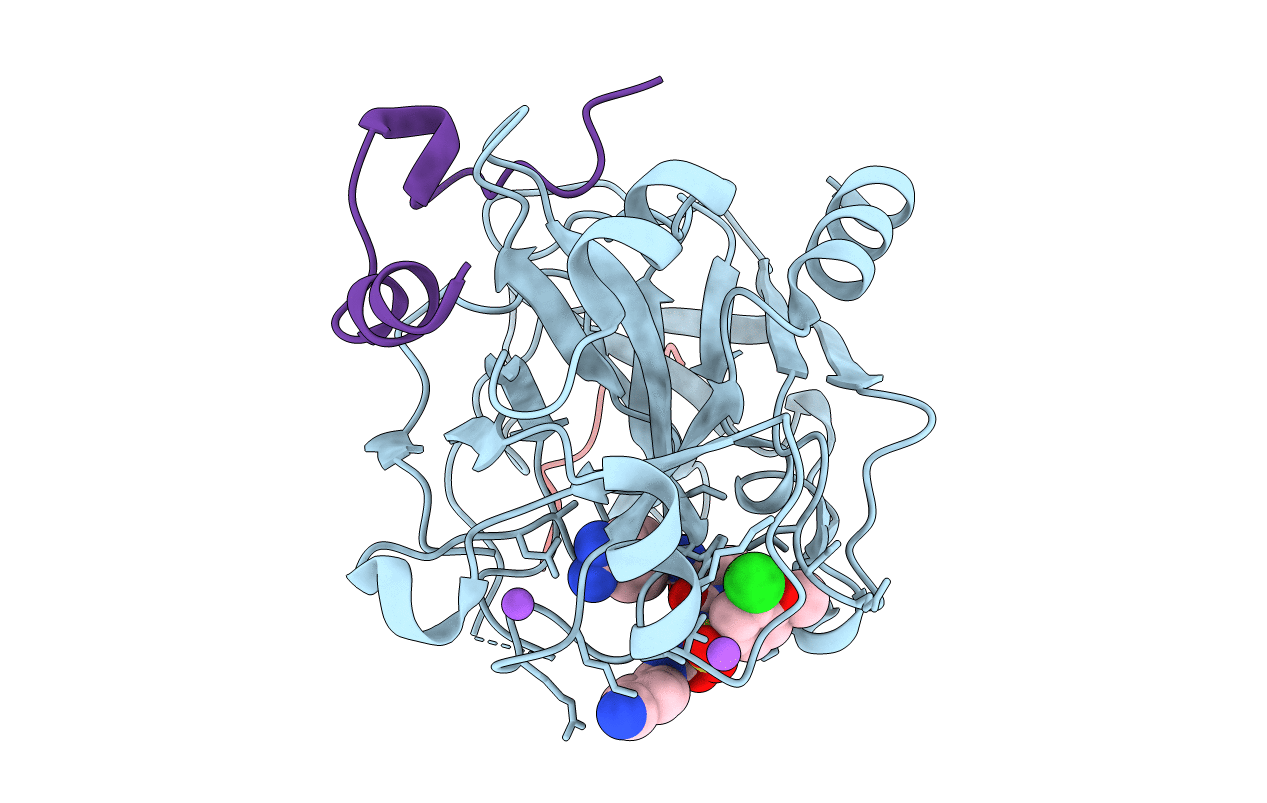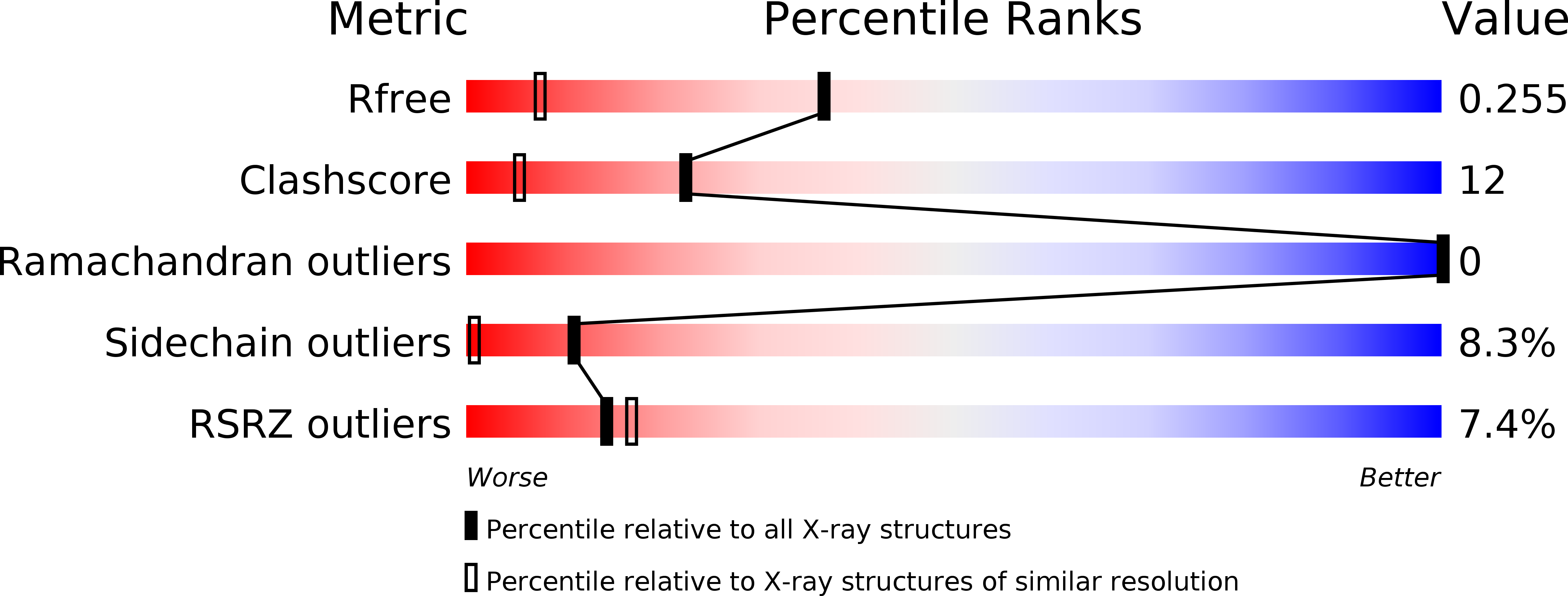
Deposition Date
2011-11-26
Release Date
2012-08-29
Last Version Date
2024-11-20
Entry Detail
PDB ID:
3UTU
Keywords:
Title:
High affinity inhibitor of human thrombin
Biological Source:
Source Organism:
Hirudo medicinalis (Taxon ID: 6421)
Homo sapiens (Taxon ID: 9606)
Homo sapiens (Taxon ID: 9606)
Method Details:
Experimental Method:
Resolution:
1.55 Å
R-Value Free:
0.27
R-Value Work:
0.21
R-Value Observed:
0.24
Space Group:
C 1 2 1


